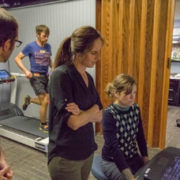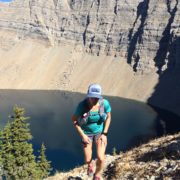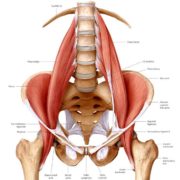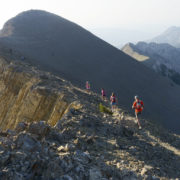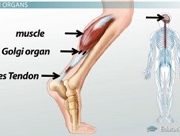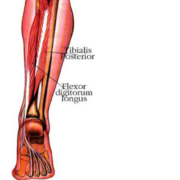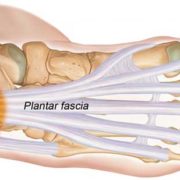by
John Fiore, PT
The strongest predictors of running injury include a prior history of running injury, running throughout the year without a break, and a rapid increase in running mileage of >10% per week (Br J Sports Med 2007). Identifying compensatory movement patterns through a comprehensive running evaluation identifies underlying faulty biomechanics and strength deficits.
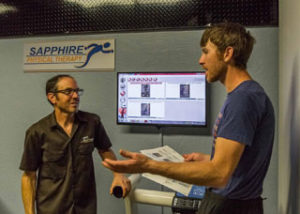 The January partial thaw is behind us and many Missoulians are anxious to hit the roads and trails. The race season arrives early in mountain towns such as Missoula. Before ramping up your weekly running mileage, however, consider the importance of improving the efficiency with which you run. Once reserved for elite athletes and research subjects alone, state of the art running analysis is available in Missoula.
The January partial thaw is behind us and many Missoulians are anxious to hit the roads and trails. The race season arrives early in mountain towns such as Missoula. Before ramping up your weekly running mileage, however, consider the importance of improving the efficiency with which you run. Once reserved for elite athletes and research subjects alone, state of the art running analysis is available in Missoula.
Sapphire Physical Therapy provides on-side real-time 2D running gait analysis. We are excited to share this informative, interactive, diagnostic technology with the Missoula running community. LED markers and high-speed cameras provide real-time feedback for both the runner and the physical therapist. Sapphire Physical Therapy uses the Simi Aktisys 2D system. Developed in Germany, the Simi Aktisys software records joint angles along the frontal, posterior, and sagittal (side) planes of motion as a person runs. Planes of movement and joint ankles (ankle, knee, hip, trunk) are recorded and observed as a person runs. The software analyses the measured video data and an easy to read, usable PDF report is produced for the runner and physical therapist. Utilizing 2D video running analysis during a physical therapy evaluation takes the guesswork out of determining the underlying cause of movement inefficiency and/or injury.
In addition to our 2D video running analysis system, we now offer provide a dynamic accelerometer evaluation which can be done simultaneously. Accelerometer date includes foot strike pattern, cadence, step length, impact force (measured in Gs of force), braking force, pronation angle, and pronation velocity. Asymmetries identified through accelerometer measurements are used in conjunction with visual video analysis to modulate impact forces and reduce future injury risk. Real world accelerometer data may also be collected during outdoor running session on the roads of trails. Following a run, the subject’s data can be downloaded to our computer and viewed for practical running analysis feedback.
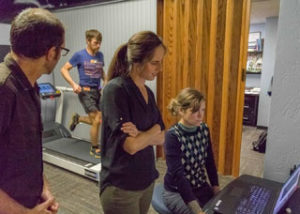 Once a compensatory movement pattern is recorded, the runner can return to the treadmill (or roads-trails in the case of an accelerometer evaluation) and make changes in his or her running mechanics while observing themselves in real-time on the monitor screen. Individualized exercises addressing observed compensations or weaknesses address the cause of observed compensations to improve running efficiency. Walking biomechanics is fairly universal in healthy individuals, but running biomechanics is diverse and very difficult to accurately assess visually or with a hand-held video device in one plane. The Sapphire Physical Therapy staff looks forward to helping Missoula runners improve their running efficiency and determining the underlying cause of recurrent injuries.
Once a compensatory movement pattern is recorded, the runner can return to the treadmill (or roads-trails in the case of an accelerometer evaluation) and make changes in his or her running mechanics while observing themselves in real-time on the monitor screen. Individualized exercises addressing observed compensations or weaknesses address the cause of observed compensations to improve running efficiency. Walking biomechanics is fairly universal in healthy individuals, but running biomechanics is diverse and very difficult to accurately assess visually or with a hand-held video device in one plane. The Sapphire Physical Therapy staff looks forward to helping Missoula runners improve their running efficiency and determining the underlying cause of recurrent injuries.
Cost for a 2D video running analysis with accelerometer evaluation is $150. The hour-long appointment includes filming, review of video data, PDF printout, a discussion of possible compensations impacting biomechanics, and individualized exercise and treatment recommendations. Call Sapphire Physical Therapy (406-549-5283) to schedule your video running analysis or email me (john@sapphirept.com) for additional information.
John Fiore, PT

